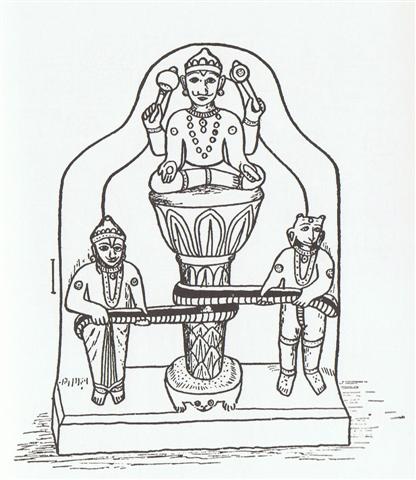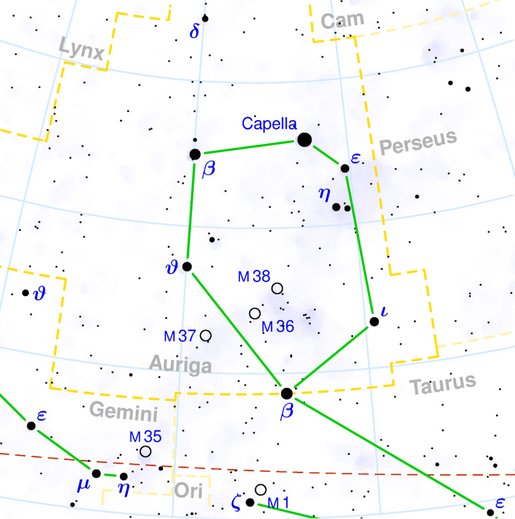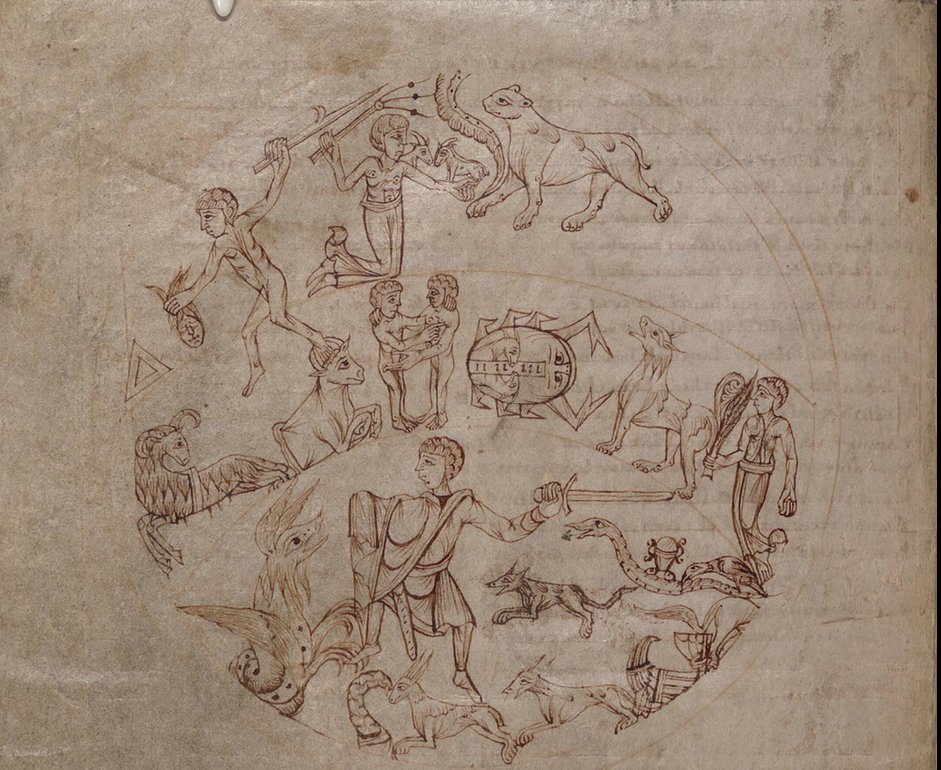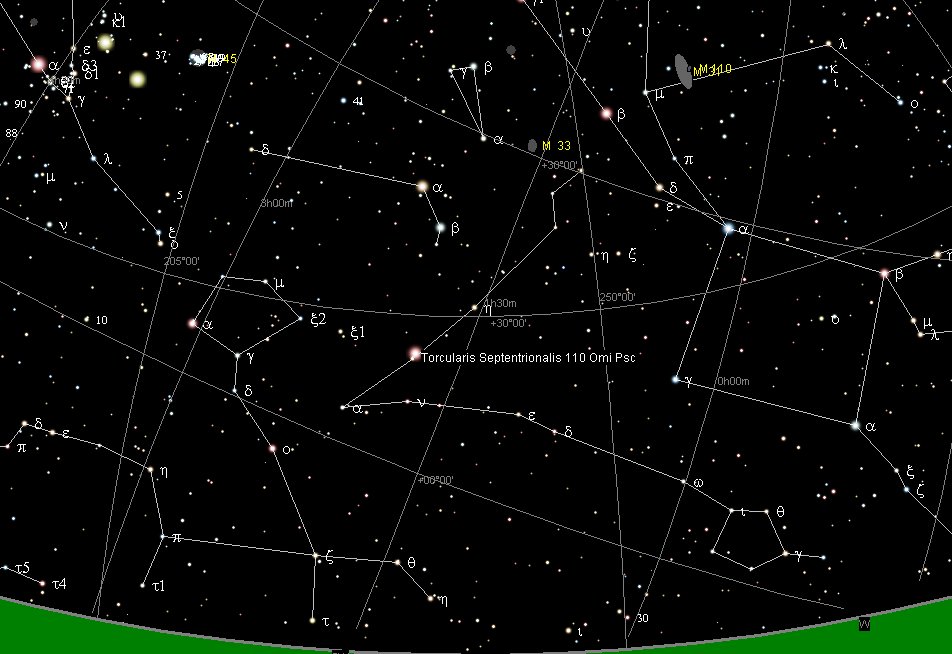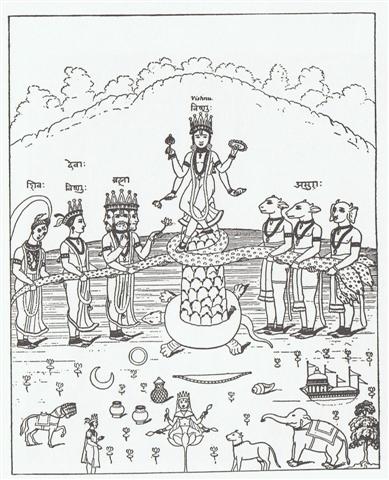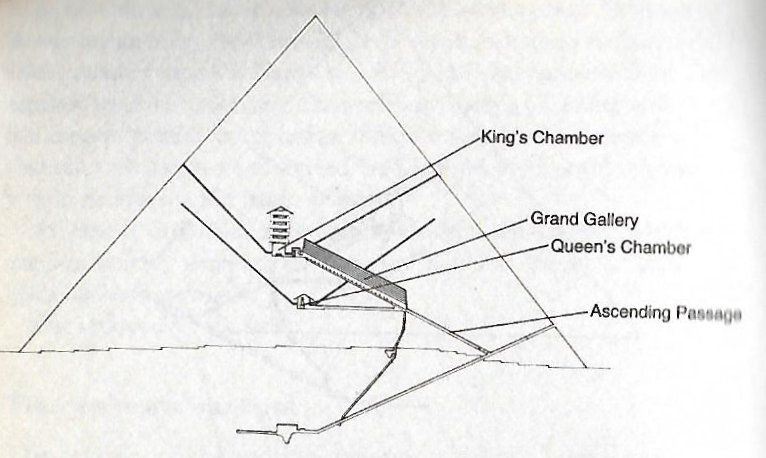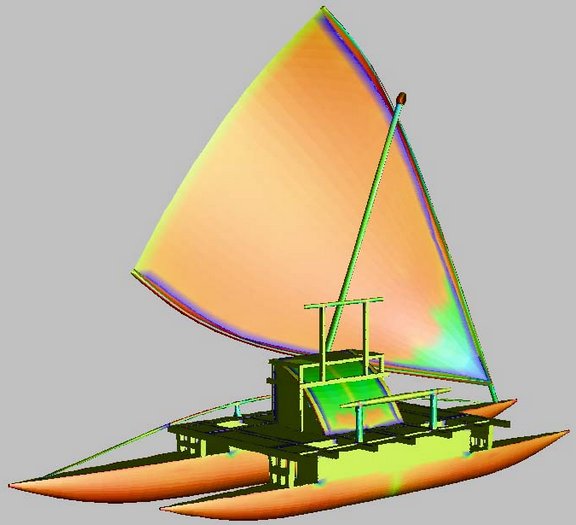|
R (Small
Washington Tablet)
11. Up in the background we can see the outline of the Upraised Sky.and at center bottom is the Turtle:
The idea of an upraised sky might be useful for us because it could explain why there are figures visualized as 'hanging in midair': ... Far away, the Mangaians of old (Austral Islands, Polynesia), who kept the precessional clock running instead of switching over to 'signs', claim that only at the evening of the solstitial days can spirits enter heaven, the inhabitants of the northern parts of the island at one solstice, the dwellers in the south at the other ... Considering the fact that the crossroads of ecliptic and Galaxy are crisis-resistant, that is, not concerned with the Precession, the reader may want to know why the Mangaians thought they could go to heaven only on the two solstitial days. Because, in order to 'change trains' comfortably, the constellations that serve as 'gates' to the Milky Way must 'stand' upon the 'earth', meaning that they must rise heliacally either at the equinoxes or at the solstices. The Galaxy is a very broad highway, but even so there must have been some bitter millenia when neither gate was directly available any longer, the one hanging in midair, the other having turned into a submarine entrance ... We can for instance remember (recall):
... George Smith inferred from the tablets that it might be the Star of the Flocks; while other Euphratean names have been Lu-lim, or Lu-nit, the Ram's Eye; and Si-mal or Si-mul, the Horn star, which came down even to late astrology as the Ram's Horn. It also was Anuv, and had its constellation's titles I-ku and I-ku-u, - by abbreviation Ku, - the Prince, or the Leading One, the Ram that led the heavenly flock, some of íts titles at a different date being applied to Capella of Auriga. Brown associates it with Aloros, the first of the ten mythical kings of Akkad anterior to the Deluge, the duration of whose reigns proportionately coincided with the distances apart of the ten chief ecliptic stars beginning with Hamal, and he deduces from this kingly title the Assyrian Ailuv, and hence the Hebrew Ayil; the other stars corresponding to the other mythical kings being Alcyone, Aldebaran, Pollux, Regulus, Spica, Antares, Algenib, Deneb Algedi, and Scheat ... The precession of the cardinal points of the Sun had forced the spring sky higher up in Roman times, when Aries took over the function of Taurus - where the sky had risen up from the previous location at Cetus (on the opposite side of Virgo).
Which implied that Virgo had to be higher up (in midair); and now Cetus was depicted with only his front paws on dry land, while the main part of his body (his belly and tail) surely had to remain down in the winter waves.
We have experienced this phenomenon when mapping the ecliptic path of the planets - the zodiacal band was fixed and not adjustable for the precession beyond Roman times. ... In the evening of June 6 AD 2024 the planet Mars ought to be visible very close to Omikron Pisces.
This explains why 'the sky was moving' (up) at the beginning of side b both in the C text and in the A text. Maeva. T. 1. Move. Rangi-maeva = Moving Sky (name of a marae). 2. Greet, greeting. Henry. And in the Hindu vision was depicted how 'the earth mountain' had been pushed up:
The 'upraised sky' could have been imagined as the result of the high Himalaya mountains having been pushed up - as above so below (and vice versa): ... It was 4 August 1968, and it was the feast day of Saint Dominic, patron of Santo Domingo Pueblo, southwest of Santa Fe. At one end of the hot, dusty plaza, a Dominican priest watched nervously as several hundred dancers arranged in two long rows pounded the earth with their moccasined feet as a mighty, collective prayer for rain, accompanied by the powerful baritone singing of a chorus and the beat of drums. As my family and I viewed this, the largest and in some ways the most impressive Native American public ceremony, a tiny cloud over the Jémez Mountains to the northwest got larger and larger, eventually filling up the sky; at last the storm broke, and the sky was crisscrossed by lightning and the pueblo resounded with peals of rolling thunder ...
The idea of a pyramid 'mountain' was similar.
And therefore there should be a correspondence - or at least allusions - between a pyramid and the calendar: ... Behind me, towering almost 100 feet into the air, was a perfect ziggurat, the Temple of Kukulkan. Its four stairways had 91 steps each. Taken together with the top platform, which counted as a further step, the total was 365. This gave the number of complete days in a solar year. In addition, the geometric design and orientation of the ancient structure had been calibrated with Swiss-watch precision to achieve an objective as dramatic as it was esoteric: on the spring and autumn equinoxes, regular as clockwork, triangular patterns of light and shadow combined to create the illusion of a giant serpent undulating on the northern staircase ... The Canoe of Ira reached Easter Island in June 1. ... On the twenty-fifth day [raa] of the first month ('Vaitu Nui'), Ira and Makoi set sail; on the first day [te raa po rae] of the month of June ('Maro'), the bow [te ihu] of Ira's canoe touched land again ... [E:17]
And the month for the northern summer solstice was June - when the Sun reached his apex (his climax).: ... The month, which takes its name from Juppiter the oak-god, begins on June 10th and ends of July 7th. Midway comes St. John's Day, June 24th, the day on which the oak-king was sacrificially burned alive. The Celtic year was divided into two halves with the second half beginning in July, apparently after a seven-day wake, or funeral feast, in the oak-king's honour ...
.jpg) |
|||||||||||||||||||||||||||||||||||||||||||||||||
